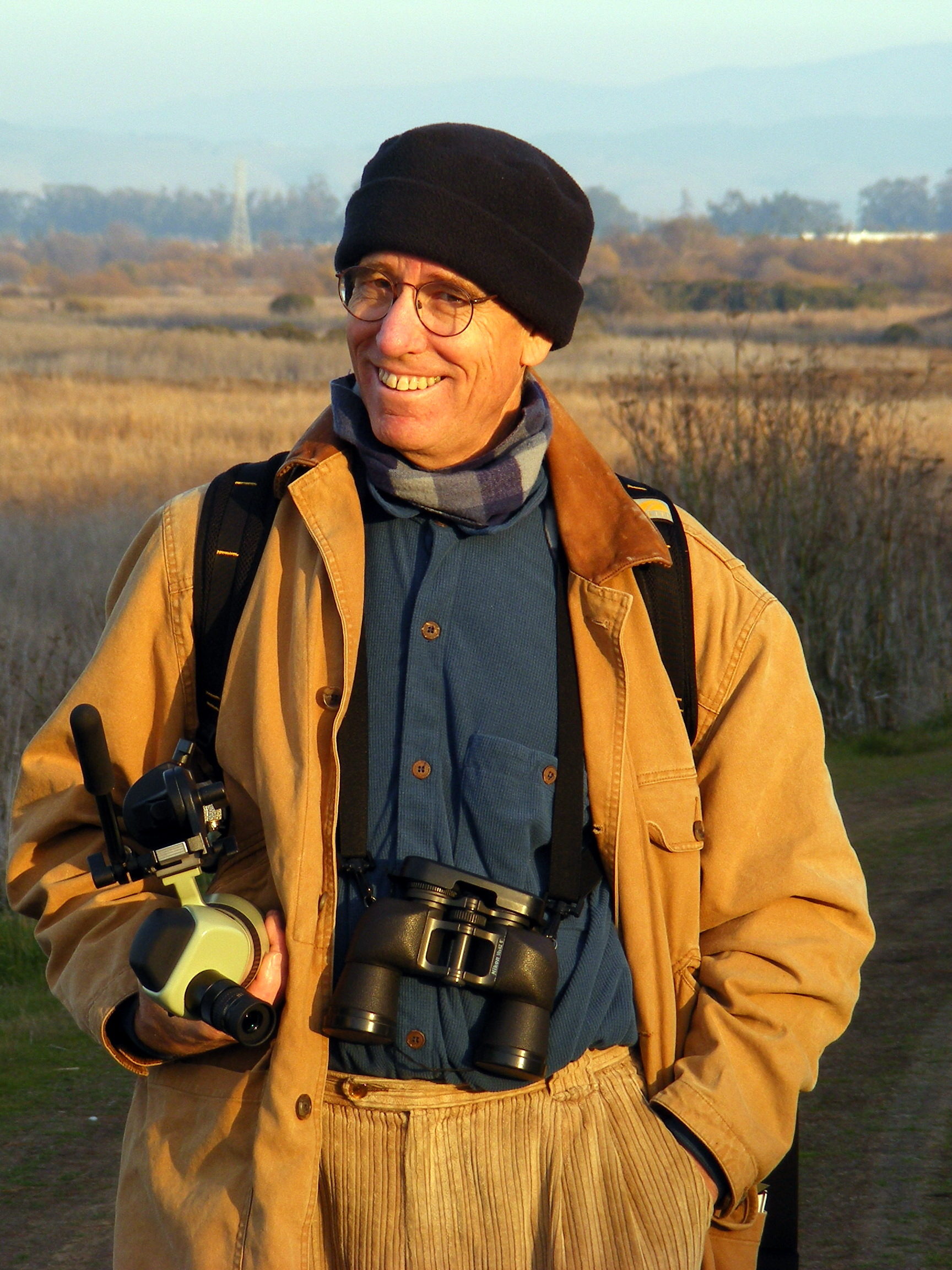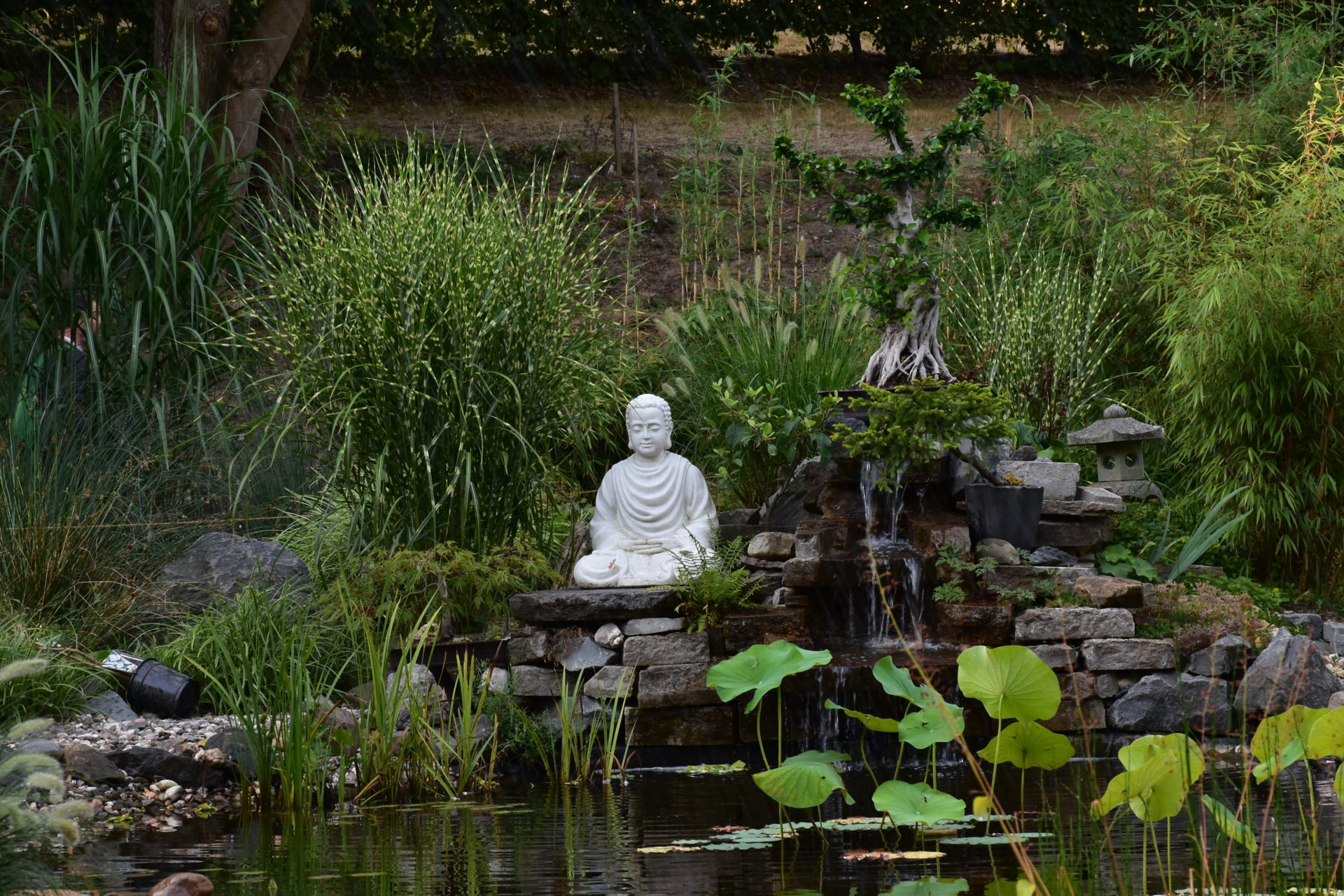By Caleb Cushing
Until I stop breathing, learning to recognize my suffering will remain my challenge.
My parents trained me to suppress. Father never mentioned his parents. Mother never mentioned that her middle-aged mother committed suicide. I was “not allowed” to “make noise.” To be “well brought-up,” I was to “Be polite,” “Watch your manners,” “Watch what you say,” and “Be quiet.” With their “refined” guidance, I had no vocabulary to describe the vague,
By Caleb Cushing
Until I stop breathing, learning to recognize my suffering will remain my challenge.
My parents trained me to suppress. Father never mentioned his parents. Mother never mentioned that her middle-aged mother committed suicide. I was “not allowed” to “make noise.” To be “well brought-up,” I was to “Be polite,” “Watch your manners,” “Watch what you say,” and “Be quiet.” With their “refined” guidance, I had no vocabulary to describe the vague, empty sense of being a stranger in the world. I did learn to mistrust and resent authority figures.
At six, for some reason, I was sent out of first grade class temporarily, but I knew not to “bother” my parents about it. Father would be angry. Mother would brush me off, incurious about why I had failed or how I felt. Six decades later, a therapist said, “There are three kinds of child abuse. Physical abuse, emotional abuse, and … neglect … Caleb, you were neglected.” I was stunned.
In 1991, I halted after reading the first sentence of Thich Nhat Hanh’s Being Peace: “Life is filled with suffering, but it is also filled with many wonders, like the blue sky, the sunshine, the eyes of a baby.” I reread it, very slowly. His opening phrase of just seven syllables clearly declared that my suffering was nothing I needed to deny or be ashamed of. Then, at a subsequent public talk, although I couldn’t hear Thay, I felt his calm. The way he walked and sat, his stability and gentleness transmitted solidity and peace. Unconsciously, I dared to begin to trust him, and myself.
At my first retreat, discussion groups were organized geographically, enabling us to continue to practice together back home. Each week we sat, walked, shared readings and practiced Dharma sharing, listening devoutly without judgment to what was said and to what was left unsaid. As in silent meditation, we were listening to understand, listening to relieve suffering. I was learning to listen compassionately to myself by listening to others. What a gift.
After I received the Five Mindfulness Trainings, I sometimes doubted my meditation was working. But one afternoon, as I was smoking outside on a staircase, I noticed this train of thought and had my answer: “I feel dizzy, I should sit … Those stairs are steep … I’m glad I’m seated because I’m so dizzy I might fall down the stairs … That’s frightening … I’m surprised to notice this … This line of thought is interesting … It might be important … Stay, keep watching … Smoking is making me dizzy … Tobacco has a powerful effect … like a drug … drugs can be poisonous … Why would I poison myself …What was I doing before I came outside … I had just started a new project … I wanted to stop … I was afraid … afraid I would do a bad job … I drugged myself so I wouldn’t feel … Oh … Now I see I have a make to choice: Continue to run from what scares me, or stop and recognize it … All right.” In less than two minutes, with insight, I changed. I never smoked again and had no withdrawal symptoms.
Soon after this, I caught myself speaking harshly to my young son. He had invited a friend from school to sleep over, and I had asked them to stop running back and forth in front of me as I watched television. My voice frightened me. I also realized that I must have scared and embarrassed them. I realized I didn’t want to hurt my son. I wondered how I could be so thoughtless. Then I remembered that I had wine with dinner, and realized it must have clouded my thinking.
When I was young, my friends weren’t allowed in the house “because they make too much noise.” On overnights, my friends and I slept outside. I watched neighbors’ televisions, because my father didn’t allow TV in the house. Sometimes no one spoke at our family dinner. One time when I spoke impolitely, my father sent me from the dinner table to wash my mouth out with soap. I executed my own punishment and returned to the table where my mother sat in silence. I also felt frightened and lonely when my father yelled at me or drifted into a drunken stupor. One morning, I found him lying face down on the living room floor. Afraid he was dead, I ran to wake my mother. She looked at him and said, “It will be okay.” It was never mentioned again.
So, when I heard myself speak angrily to my son, I recognized my father in me and decided to quit drinking alcohol. I knew it would help me stop hurting my children, plus they would see that it was okay not to drink. As with tobacco, my decision was easy, because I knew for certain that I was headed in the direction of health, understanding, and connection. Meditation helped me recognize my suffering and discover a life worth living.
I had read that to feel compassion, I had to take care of my suffering, but I wasn’t sure how to do that. Plus, an old voice said, “Why face fear? That’ll just make it worse!” Fortunately, my Sangha brother Glen Schneider discovered this clear three-step prescription to transform our deep-rooted seeds of suffering in Transformation at the Base:
- Focus on sowing and watering our seeds of happiness, allowing them to indirectly transform our suffering.
- Practice mindfulness continuously, so when seeds of suffering do arise, we are able to recognize them without fear, which weakens them.
- Deliberately invite up afflictions that have been with us since childhood and talk with them like old friends.
Thay writes, “Someone who is suffering greatly and does not know how to practice mindfulness should not start out practicing the third way … Dealing with suffering is like handling a poisonous snake. We have to learn about the snake, and we have to grow stronger and more stable in order to handle it without hurting ourselves … When deep pain grows big and confronts us, there is nothing we can do if we haven’t practiced and become strong and stable in mindfulness. … To transform our suffering, we do not struggle with it or try to get rid of it. We simply bathe it in the light of our mindfulness.”
Glen also shared a method of practicing step three, which he calls, “Drop the Story and Watch the Body,” for physical sensations can act as blinking red arrows signaling, “Dig here!” For example, a friend “kept making me angry.” My frustration persisted and increased, so I decided to stop blaming and look inside instead. I set aside a morning, sat quietly, then reimagined a painful episode in vivid detail. I stoked my anger until I was steaming mad. Then I dropped my saga and scanned for physical sensations. Nothing. I revived my drama until I quivered, then dropped my story and searched again. Nothing.
As doubts arose, I noticed the room was cold, so I moved to a sunny spot, but it still felt cold, so I pulled on a blanket and a fleece cap. I shivered. Noticing it was actually a warm day, I suddenly recognized the signal. I gently let go of thinking, knowing that the seductive temptation to derive meaning suppresses insight. I relaxed and submitted to the shivering, my teeth chattering violently. All of a sudden, a vivid image appeared: a little boy, at night, standing alone in snow, facing a dark house. I waited, declining to interpret the vision, and kept following my breath. Then I heard, “Left out in the cold.”
Slowly, I recognized this neglected child. It was five-year-old Caleb. I sobbed for a long time. After resting, I looked for my old anger and saw that my friend’s distant, controlling behavior had watered my old feeling of not being recognized. I also saw that my friend’s closed aspect suggested he also might have suffered alienation as a child. I no longer felt cold. I never again felt anger toward my friend. He warmed up too.
A few years ago, I undertook an intensive, long, and thorough therapeutic process examining my childhood experiences to reveal inherited negative traits, how they continue to manifest, and how to transform them. It also involved deeply understanding and thereby forgiving my parents.
Practicing with friends on the path nourishes my joy. It creates a safe place to stand and look at my suffering. When insight arises, change occurs automatically without effort.

Caleb Cushing, True Original Commitment, is an architect and carpenter. He co-founded a Sangha in 1991 in Oakland, California, which still convenes on Sunday mornings. He and his wife Denise enjoy hiking and looking at birds. He enjoys quiet, stillness, and sharing the practice.

